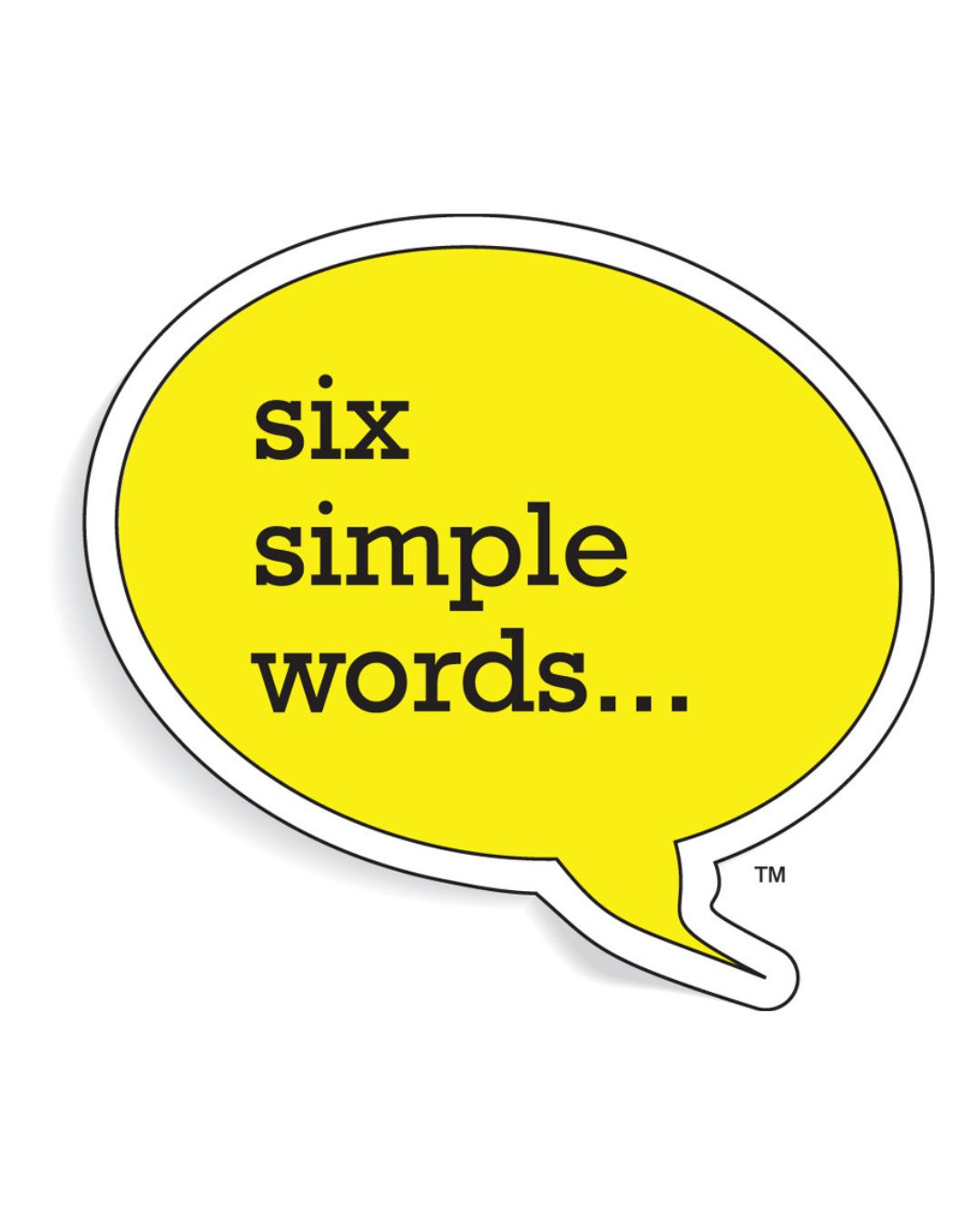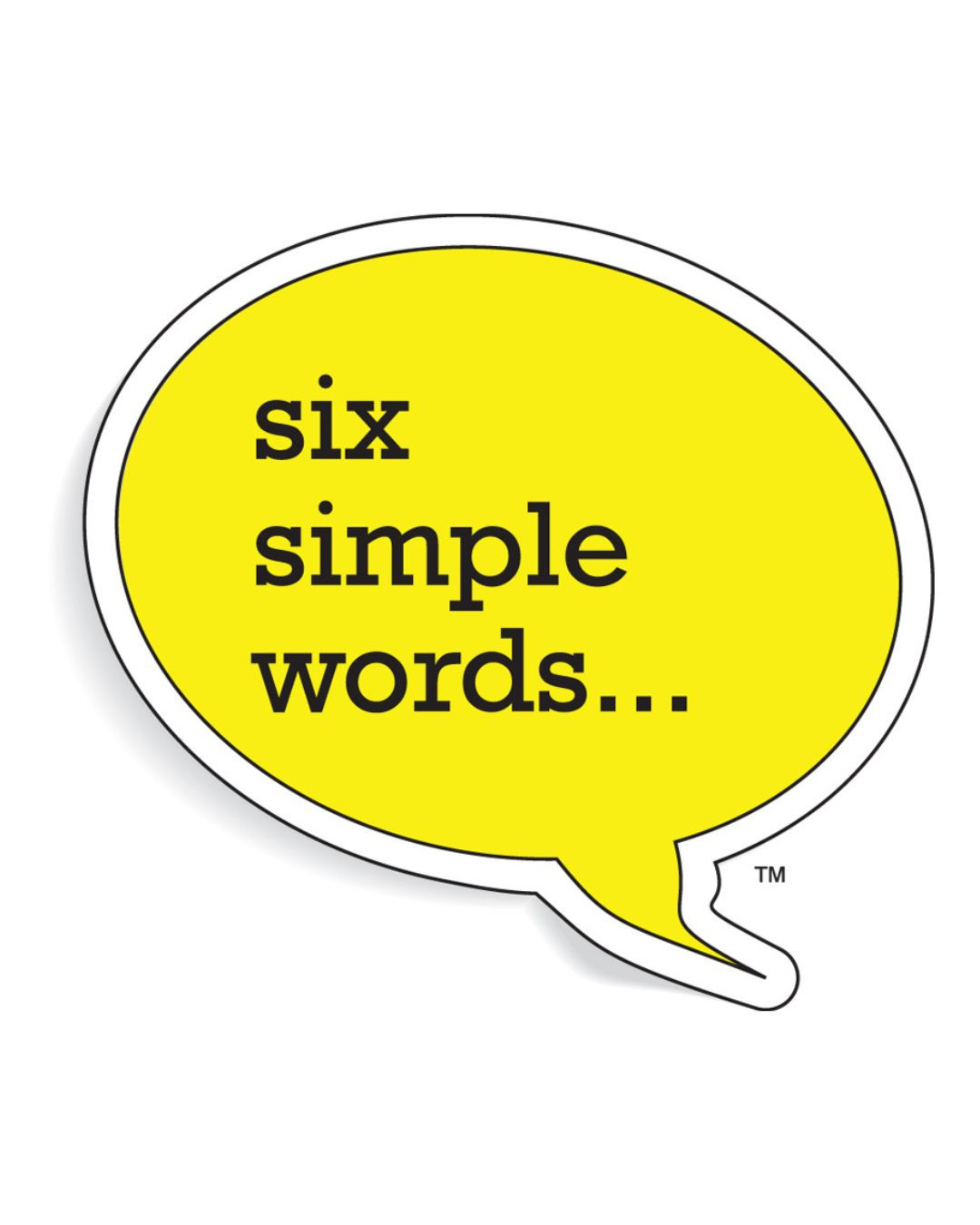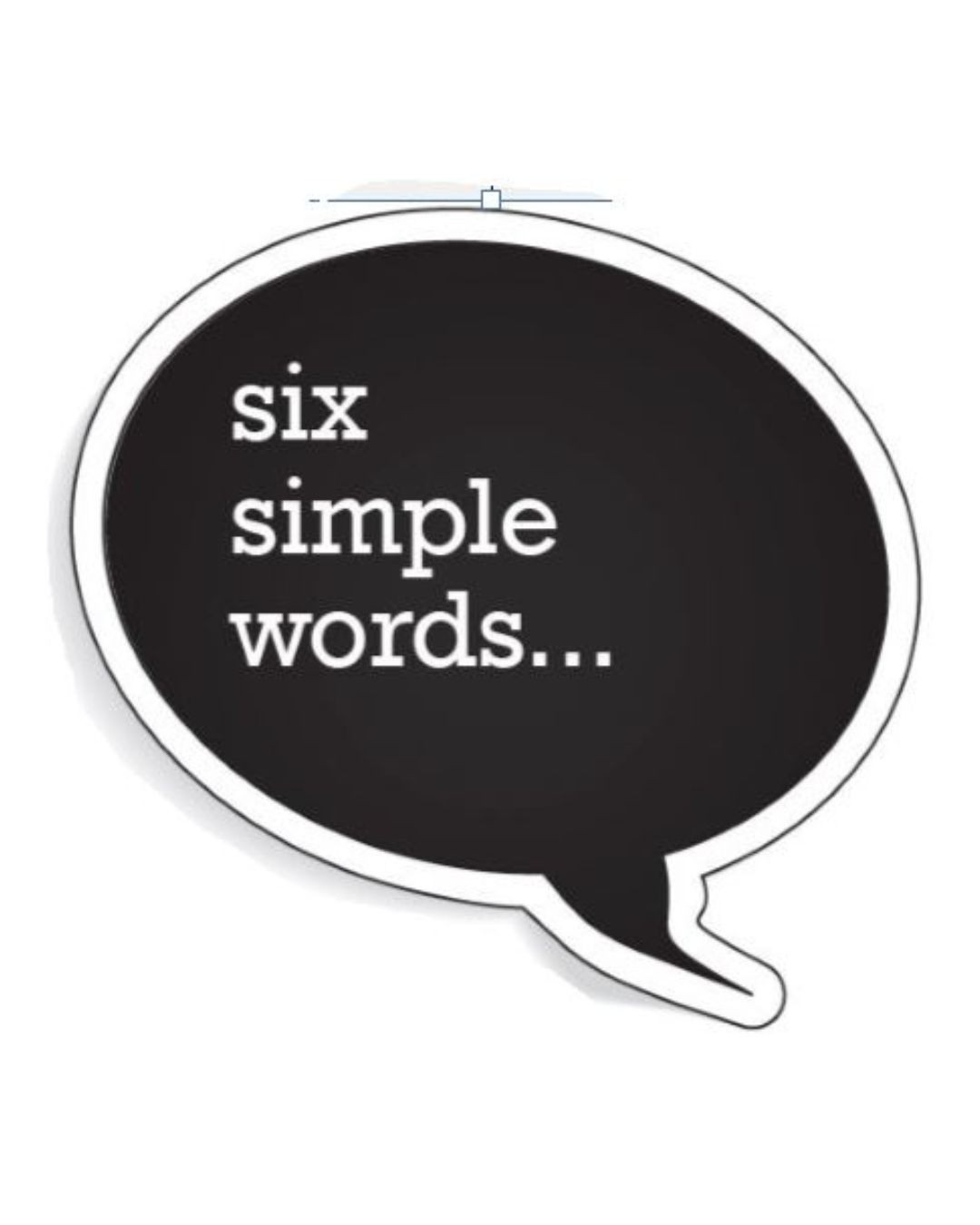
A while back I had the good fortune to have been asked to present at a large Better Business Bureau conference. It was so much fun to be around and enthusiastic group of small business owners.
As is always the case, when people have idle time to talk, the war stories and comparisons began. There were several common reoccurring themes even though none of the businesses were in the same industry. As I listened, it became clear to me that every one of the issues/problems/challenges that they were facing and that we face every day in business, and in life, is a result of ineffective, inconsistent, or incomplete communication.
Every business and business leader is tasked with effectively communicating the same overall message, but formulated in different ways, to engage different groups of stakeholders. Marketing to clients, to staff members, to suppliers and others is all about matching the message to the ‘market segment.’
As an example I was recently told a story about a company that for the first time began recognizing length of service and issuing pins and letters of thanks to their team members. What should have been a source of positive pride turned into a big negative as there was no public recognition either at a team meeting, in a media release or on the company website, only a surprise letter, mailed to each person with a notice that the pins would follow.
Also in many cases, a ten or fifteen year pin was coming at years 12 or 17. The recognition program is a great idea…however something as simple as outlining the goals of the program, admitting the fact that the pins may recognize a milestone that has been surpassed and congratulating the person INDIVIDUALLY on the correct amount of years would have been much better received.
Effective communication is the key to every interaction…there are three basic components that drive success or failure:
- Clarity
- Completeness
- Compassion
Clarity of the message is very important and deserves the time necessary to ensure that you are conveying the actual message you intended. Remove ambiguity, jargon, confusing language and speak as plainly as you can to ensure that the message is received properly. Speak and write as if you were sitting across from the person having a conversation.
Completeness of any message is critical to both acceptance and understanding. Several leaders that I have worked with over the years have tried to write the shortest memos possible thinking that brevity insured readership. In fact, readership was typically achieved as was misunderstanding. When your message provokes more questions than it answers, it is poorly crafted. Take the time and the number of words that you need to insure understanding. If the message is interesting and well crafted, your audience will read or listen. (You’ve read all the way to here, haven’t you?)
Compassion for your intended audience is also essential. No, not the mushy kind…the kind that indicates that you are communicating to them, about them and informing them about something you feel they should know about. I have long taught the principal of WII-FM (What’s In It For Me?). Every piece of communication, marketing copy and even training material should be focused on the consumer, reader, student, recipient of the message and written to engage them as they apply their WII-FM filter system.
Regardless of the purpose of any message, apply the three Cs and you will become a much more effective communicator. In the end, every issue that you are dealing with right now, at home, work or with friends has its roots in one place… It ALWAYS boils down to communication.










0 Comments